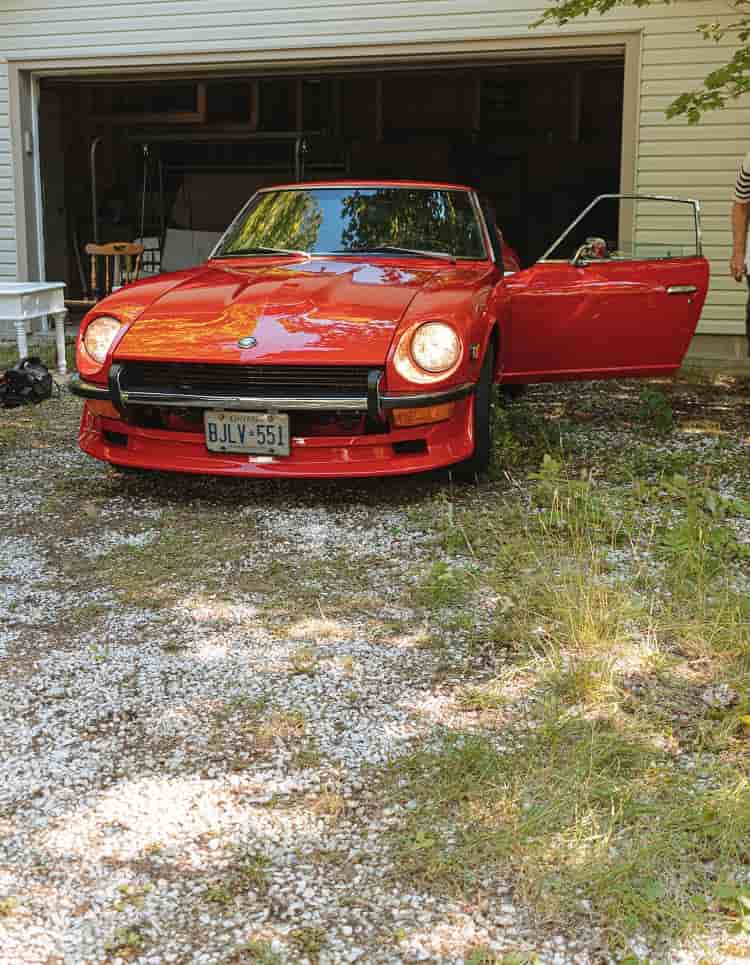There are few things as frustrating as when you’re running late for work to take the kids to school than when your garage door malfunctions.
With all the heavy lifting garage doors do daily, it’s no wonder problems tend to arise when you least expect them to.
Thankfully, some of the most common issues have simple fixes. Let’s explore seven common garage door problems and quick solutions.
7 Common Garage Door Problems and Quick Solutions
1. Unresponsive Garage Door

Being stuck in or outside of your garage due to an unresponsive garage door is no fun. If you find your door is not responding and it’s making no noise, there could be several reasons for the issue.
Try:
Always check the remote and keypad batteries. If they are fine, check the garage door opener unit to ensure all the lights are on and working.
If all of that is fine, check that the motor isn’t disconnected from the power supply. Last, make sure a fuse isn’t down.
If all else fails, call a professional for help.
Read More: Old Genie Garage Door Opener, No Learn Button: Where is it?
2. The Motor Runs, but the Garage Door Doesn’t Move
So, your garage door isn’t moving, but you can hear the motor running.
Your garage door may be disconnected from the belt. This can happen when someone accidentally pulls the emergency release cord.
Try:
Follow the instructions on your garage door manual to carefully reattach the belt.
You May Also Like: Carports vs. Garages: Which are more cost-effective?
3. Noisy Garage Door
If your garage door used to run quietly and smoothly, but it has gradually become louder and louder, it may be due to loosened parts or inadequate lubrication.
Try:
Go around and tighten the screws, nuts, and bolts on all the visible parts of the garage door and lubricate the rollers with a silicone-based lubricant.
If you notice loose torsion springs, don’t mess with them. They can be dangerous as they can shoot out and cause harm. Leave those for an experienced professional.
4. Unusual Garage Door Noises
It’s one thing for your garage door to become gradually noisy, but when it starts making sudden loud or unusual noises, this may signal an underlying problem. Different sounds could signal a different issue.
Try:
If your door starts making squeaking sounds, it could mean the rollers or tracks need lubrication. It could also mean that the rollers are loose. Try tightening them.
A vibrating or rattling sound means that something is loose. Tighten all visible hardware, including loose nuts, screws, and bolts.
If you hear a popping or rumbling sound, it could signal an issue with a torsion spring. Over time, they lose lubrication and become loose.
Don’t ever try to change a torsion spring yourself as it could be dangerous. Let a professional handle the replacement.
5. Garage Door Doesn’t Open or Close Completely
A garage door that doesn’t open or close all the way is one of the most common issues and one of the most frustrating as well.
There could be a variety of reasons for the malfunction.
Try:
Sometimes the garage door’s limits could be off. When set correctly, these limits tell the door when to stop opening or closing. This keeps the motor from working when it needs to. To adjust the limits, check your user’s manual. It usually involves turning a screw in the motor.
Another easy fix could be checking to ensure nothing is blocking the tracks. Sometimes tracks and rollers can collect rust or become damaged. Simply clean the tracks to remove any dirt and grime. Lubricate if needed.
If it looks like it may be an issue with the spring system, call a professional. You do not want to injure yourself trying to fix or replace a torsion spring.
6. Garage Door Reverses Before Closing
When your garage door reverses before closing, it usually means a safety feature has been triggered.
The garage door sensors may have detected an obstruction that may or may not really be there.
Try:
Check the two sensors located on both sides of the garage door frame. They’re usually near the bottom or on the floor inside the garage. Make sure nothing is blocking them.
Then, ensure they are aiming correctly at each other across the width of the frame. You should be able to see a small light when they align.
It may take a few tries to ensure they are correctly aligned. Sometimes they get bumped by kids or pets out of alignment.
If they need to be replaced, call a professional for service on this site.
7. Slow or Sagging Door
A slow-moving garage door won’t leave you stranded, but it can certainly test your patience.
When a garage door starts moving slower than usual, it could be an indicator of dried-out rollers or dirty tracks. This can happen more often in places with extreme weather, such as too hot or too cold.
Try:
Clean the tracks thoroughly of dirt and debris. Then, lubricate the rollers and tracks. Try doing so every change of season to keep them in optimal condition.
The Takeaway
Garage door problems are not fun. Especially because they tend to happen at the most inopportune moments.
Luckily, the seven most common garage door problems have quick and easy solutions. Maintain your garage door often to keep it in optimal condition.











Leave a Review